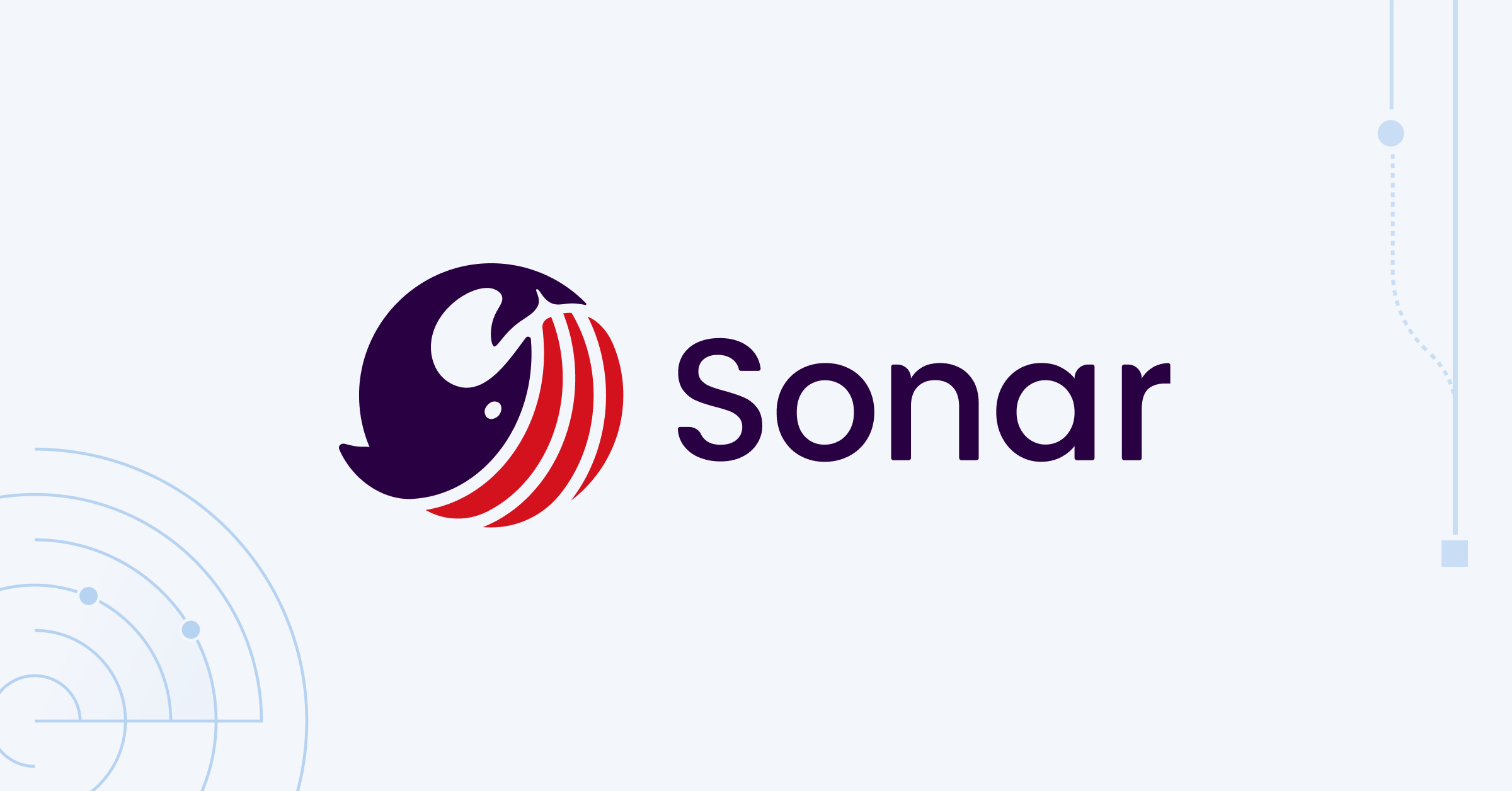Large Codebase AI
No tools found in showcase directive
Debug Info
json
{
"name": "tool-showcase",
"toolPaths": [],
"nodeChildren": [
{
"type": "paragraph",
"children": [
{
"type": "text",
"value": "tag: Large Codebase AI",
"position": {
"start": {
"line": 2,
"column": 1,
"offset": 17
},
"end": {
"line": 2,
"column": 23,
"offset": 39
}
}
}
],
"position": {
"start": {
"line": 2,
"column": 1,
"offset": 17
},
"end": {
"line": 2,
"column": 23,
"offset": 39
}
}
}
]
}(2025-08-17T11:44.094Z)
Perplexity Query
(2025-08-17T11:44
.094Z)
Question:
Write a comprehensive one-page article about "Large Codebase AI".
Response from sonar-pro:
Large Codebase AI refers to artificial intelligence systems and tools specifically designed to analyze, optimize, and manage software projects containing vast amounts of source code, often spanning multiple modules and teams. Its significance lies in the ability to tackle the growing complexity and sheer size of modern enterprise codebases, where traditional tools and manual methods frequently fall short. As software projects continue to scale, Large Codebase AI enables organizations to maintain code quality, accelerate development, and reduce costs associated with technical debt and maintenance.
[zyo8s5]
[ueo8c1]
Understanding Large Codebase AI
Large Codebase AI leverages advanced machine learning models—often large language models (LLMs) with multimodal capabilities—to deeply analyze immense code repositories, sometimes processing hundreds of thousands of lines across diverse programming languages.
[zyo8s5]
[ueo8c1]
It can identify inefficiencies, suggest architectural improvements, automate code refactoring, and surface bugs or security vulnerabilities that may be difficult for human engineers to spot.
[zyo8s5]
[ncf1ri]
Practical examples include:
- Claude Code with its extended 200,000 context token capacity, allowing for holistic comprehension and refactoring of sprawling codebases, rather than isolated code snippets—a crucial advancement for systems with interdependent modules. [zyo8s5]
- AI-powered code assistants like GitHub Copilot, Tabnine, and Amazon CodeWhisperer, which act as "AI pair programmers" for large-scale projects, generating code, recommending improvements, and facilitating real-time collaboration. [ueo8c1]
Use cases range from:
- Automated refactoring of legacy code: Systematically restructuring outdated systems to improve modularity and efficiency while minimizing disruption. [zyo8s5]
- Security scanning and compliance: AI tools efficiently scan for subtle errors or potential vulnerabilities that manual review may miss, especially valuable in regulated industries or open-source-heavy environments. [ncf1ri]
- Continuous integration and testing: AI-driven platforms automate build, test, and deployment pipelines, rapidly validating changes across extensive codebases. [ncf1ri]
Benefits and Considerations
Key benefits encompass:
However, there are important challenges:
- Code reliability and security: AI-generated code may contain undetected bugs or vulnerabilities, requiring robust review and testing practices to mitigate risks. [g5oukb]
- Technical debt risks: Over-reliance on AI for quick fixes can create hidden maintenance burdens, potentially slowing future development. [g5oukb]
- Loss of context or control: Depending too heavily on machines can erode developers’ deep understanding of system architecture, making advanced debugging or optimization difficult. [g5oukb]
Current State and Trends
Large Codebase AI adoption is surging across industries, especially within enterprises managing intricate digital ecosystems. Key players leading innovation include Anthropic’s Claude Code, GitHub Copilot, Tabnine, Sourcegraph’s Cody, and Replit’s Ghostwriter.
[zyo8s5]
[ueo8c1]
Technologies are maturing rapidly: modern systems integrate seamlessly with popular development environments such as Cursor and JetBrains, offering contextual suggestions and automated refactoring.
[zyo8s5]
Surveys report significant reductions—30-50% less engineering time—allocated to routine code maintenance when using AI tools, translating to real competitive advantage.
[zyo8s5]
Recent developments highlight larger context windows, more accurate code generation, and tighter integration with DevOps workflows.
[ueo8c1]

Future Outlook
As enterprise codebases continue to expand in both scale and complexity, Large Codebase AI is poised to become a standard pillar of software engineering. Future advancements may include multimodal AIs capable of reasoning across code, documentation, design diagrams, and team communication threads—enabling even deeper system-level optimization and collaboration. The impact could be transformative, with organizations able to create, maintain, and evolve sophisticated systems faster, more securely, and with enhanced resilience to change.

In summary, Large Codebase AI marks a major leap forward for software engineering, promising improved efficiency, quality, and scalability. As these tools mature, their integration will reshape how teams build and sustain the digital infrastructure of tomorrow.
[zyo8s5]
[ueo8c1]
[ncf1ri]
Citations
[zyo8s5] 2025, May 25. Large Codebase AI Development. Published: 2025-05-25 | Updated: 2025-05-25
[mjbob5] 2025, Jul 18. AI Code Generation Explained: A Developer's Guide. Published: 2024-01-01 | Updated: 2025-07-18
[g5oukb] 2025, Jun 16. AI Code Generation: The Risks and Benefits of AI in Software. Published: 2025-01-21 | Updated: 2025-06-16
[ueo8c1] 2025, Aug 09. A Comparison of AI Code Assistants for Large Codebases. Published: 2025-08-01 | Updated: 2025-08-09
[ncf1ri] 2025, Jul 01. Top Benefits of AI in Modern Software Development. Published: 2025-04-09 | Updated: 2025-07-01

